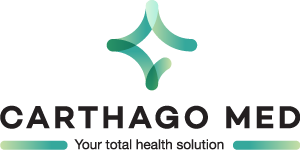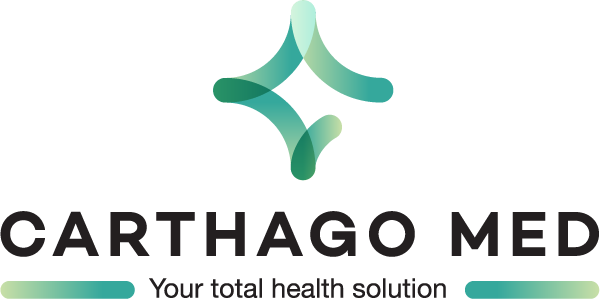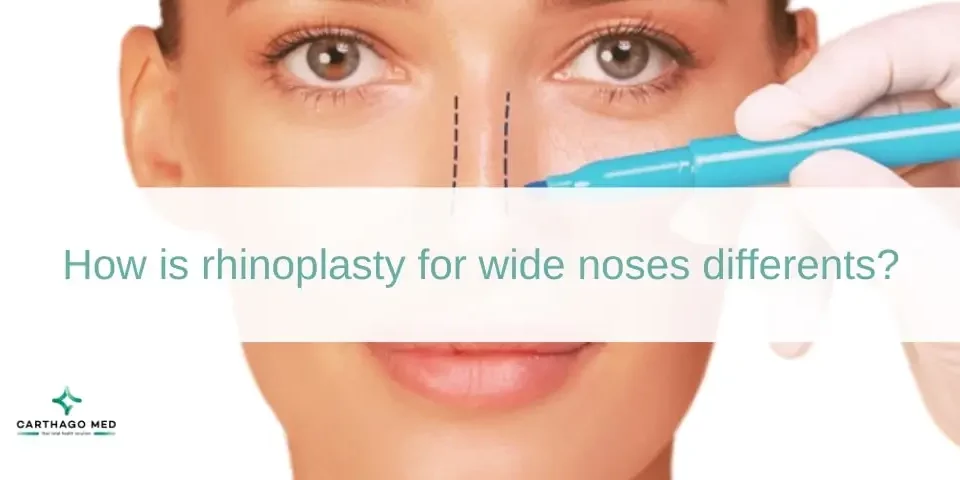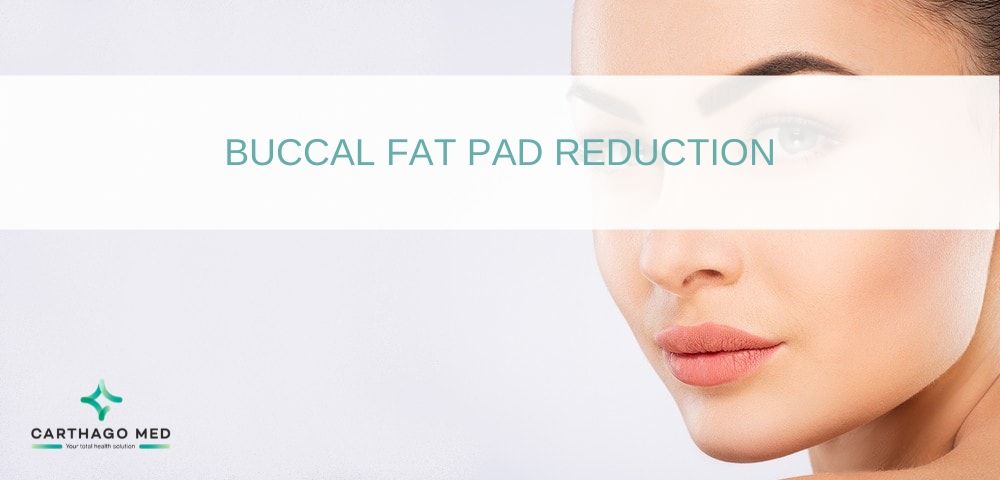
Buccal fat pad reduction for cheek refinement
Facial architecture defines a person’s overall beauty and charm, thus facial features have to be as refined and contoured. For this, buccal fat pad reduction have become quite known and performed among celebrities and common people. Buccal fat removal, also known as buccal fat pad reduction, is a cosmetic surgical procedure designed to refine the appearance of the cheeks and jawline. This detailed guide explores the various aspects of buccal fat removal, from candidacy considerations to recovery and potential risks.
What is buccal fat removal?
Buccal fat removal targets the fat pads between the cheekbones and jaw bones, shaping the face by highlighting bone structure. Learn about the procedure, its purpose, and how it can enhance facial aesthetics.
What is the role of buccal fat pads?
The buccal fat pad, also known bichat’s fat pad, is an encapsulated fat mass in the cheek. It is a deep fat pad located under the cheekbones. For some people, the buccal fat pad is small; thus giving a beautifully sunken effect to the cheeks. For others, however, hypertrophy of the buccal pad can give the person a puffy effect. For this reason, many people seek the reduction removal of buccal fat pads. Bichat’s fat pads play an important role at the beginning and ending of our lives. Indeed, babies are able to exert enough pressure on their cheeks to absorb milk from their mother’s breasts. Buccal fat pads also maintain the shape of the cheeks during the aging process to prevent cheeks from falling or sinking in.
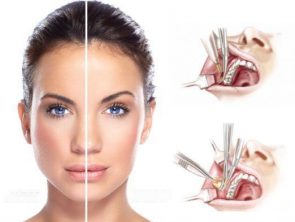
Who is a good candidate for buccal fat removal?
Determining eligibility for buccal fat removal is crucial. Ideal candidates exhibit characteristics such as fullness in the cheeks and a desire for refined facial contours. Plastic surgeons assess individuals seeking this procedure to ensure realistic expectations and overall health align with the surgery's goals.
What happens before a buccal fat removal surgery?
Consultation with a Surgeon
Individuals interested in buccal fat removal usually start by scheduling a consultation with a qualified plastic surgeon. During the consultation, the surgeon evaluates the patient's facial anatomy, discusses the patient's goals and expectations, and assesses whether the individual is a suitable candidate for the procedure.
Medical Evaluation
Before any surgery, a comprehensive medical evaluation is conducted to ensure the patient is in good health. The surgeon may review the patient's medical history, perform a physical examination, and order any necessary pre-operative tests.
Discussion of Risks and Benefits
The surgeon explains the potential risks and benefits of the buccal fat removal procedure. Realistic expectations are crucial, and patients should have a clear understanding of what the surgery can and cannot achieve.
Pre-operative Instructions
Patients receive specific instructions on how to prepare for the surgery. This may include guidelines on medications to avoid, dietary restrictions, and other preparatory measures.
Photographs
Before the surgery, the surgeon may take photographs of the patient's face from different angles. These photos serve as a baseline for comparison and are often used during the post-operative follow-up appointments.
Anesthesia Choice
The surgeon discusses the type of anesthesia that will be used during the procedure. Buccal fat removal can be performed under local anesthesia with sedation or general anesthesia, depending on the surgeon's preference and the patient's comfort level.
Informed Consent
Before the surgery, the patient is required to sign a consent form, acknowledging their understanding of the procedure, its potential risks, and the expected outcomes.
Payment and Scheduling
Financial matters, including the cost of the surgery and payment arrangements, are typically addressed before the surgery date. A surgery date is scheduled based on the mutual availability of the patient and the surgical team.
Pre-operative Visit
Some surgeons may schedule a pre-operative visit to reiterate instructions, answer any remaining questions, and ensure that the patient is well-prepared for the surgery.
How is buccal fat pad reduction performed?
The reduction of buccal fat pads should be performed carefully to ensure that fair amounts of fat is left in the cheekbones (to preserve the shape of the cheeks over time). The surgery is performed on an outpatient basis under local anaesthesia. The surgeon starts by creating an incision (extending from ten to twenty centimetres) in the mouth under the molars of the upper jaw. Excess fat is thereafter removed and the incision sutured with resorbable stitches. The intervention is similarly performed on the neighbouring cheek.
What measures are involved in the recovery and post-operative care following buccal fat pad reduction?
Recovery and post-operative care following buccal fat pad reduction involve several key considerations. Bruising and swelling are common occurrences after the surgery, but the application of ice packs to the cheeks can effectively mitigate these effects over time. Additionally, patients can anticipate experiencing slight to moderate pain, for which the doctor will prescribe appropriate antalgics to provide relief.
To ensure proper hygiene and aid in the healing process, it is crucial for the patient to diligently wash their mouth with an antiseptic mouthwash for a period of seven to ten days post-surgery. Furthermore, a crucial aspect of the recovery process involves adhering to a liquid diet in the initial days following the procedure. This precaution is essential as chewing during this period can potentially lead to discomfort and pain. By following these post-operative guidelines, patients can contribute to a smoother and more successful recovery after buccal fat pad reduction.
What are the risks associated with buccal fat removal surgery?
Infection
Like any surgical procedure, there is a risk of infection. The oral cavity contains bacteria, and even with sterile conditions, infections can occur. It's crucial to follow postoperative care instructions, including proper oral hygiene, to minimize this risk.
Bleeding
While bleeding during buccal fat removal is typically minimal, there is always a risk of excessive bleeding during or after the surgery. Excessive bleeding may require intervention and can lead to complications.
Swelling and Bruising
Swelling and bruising are common side effects of buccal fat removal. While these are generally temporary, the extent of swelling and bruising can vary among individuals. Some may experience more prolonged or severe swelling, impacting the recovery process.
Nerve Damage
The buccal fat pads are located near important facial nerves. In some cases, there may be damage to these nerves during surgery, leading to temporary or, rarely, permanent numbness, weakness, or altered sensation in the face.
Asymmetry
Achieving perfect symmetry in cosmetic surgery is challenging. Buccal fat removal involves sculpting the face, and there is a risk of uneven results, potentially leading to dissatisfaction with the aesthetic outcome.
Overcorrection or Undercorrection
The amount of fat removed during surgery is a delicate balance. Overremoval can result in a hollow or gaunt appearance, while underremoval may not provide the desired level of facial slimming. Adjusting the amount removed is part of the artistry of the procedure.
Scarring
Although the incisions for buccal fat removal are generally small and made within the mouth, there is still a risk of scarring. Most scars are inconspicuous, but individual healing varies.
Complications with Anesthesia:
Anesthesia always carries risks, ranging from minor issues like nausea to more severe reactions. A thorough evaluation of your health and medical history is conducted by the anesthesiologist to minimize these risks.
Unsatisfactory Results
Cosmetic procedures are subjective, and there's always a chance that the results may not meet your expectations. Open and realistic communication with your surgeon is crucial in setting achievable goals and managing expectations.
Recovery Issues
Some individuals may experience challenges during the recovery process, such as prolonged pain, difficulty with eating, or issues with wound healing. Strict adherence to postoperative care instructions is essential for a smooth recovery.
Are the results sunken cheeks and a refined face?
Final results can be appreciated in three months after puffiness completely disappears. Post-surgical scarring is well-hidden in the mouth, and thus invisible. Cheek volume is decreased and the cheekbones are highlighted. For men, a face with no puffy cheeks and well-contoured cheekbones is a sign of virility.







